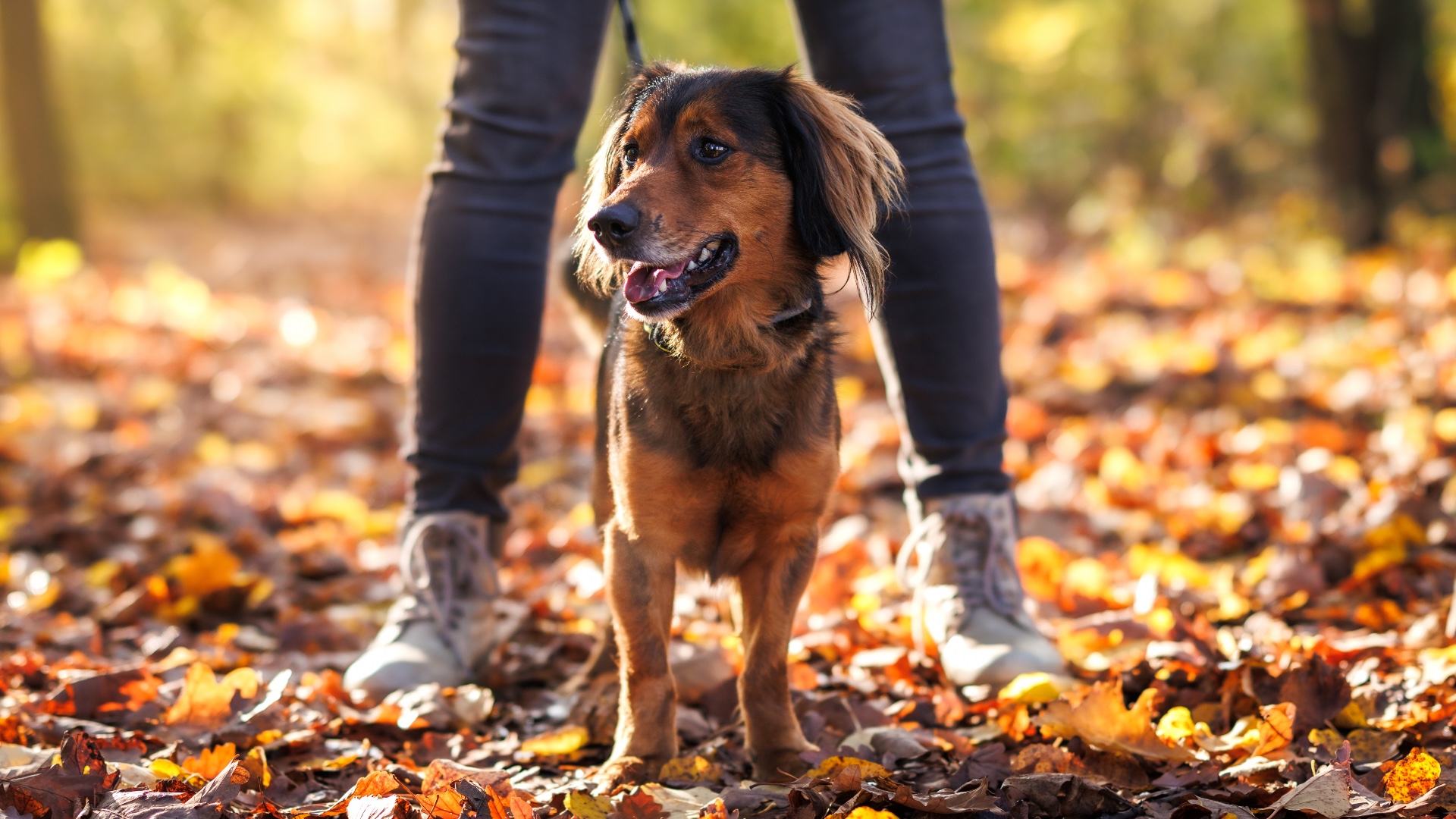Dog owners! Here’s three trainer-approved things you can do if your dog freezes on walks
Does your dog stop constantly on walks? Trainer shares three tips to help get them moving again

Disclaimer: Unless specifically stated, any expert comments quoted in this news piece have been taken directly from the video cited below.
Do you have a dog that stops constantly when you're on a walk? While a lot of pet parents are busy trying to avoid the most common loose leash walking mistakes, others are wishing their pup would just get moving!
Expert trainer and founder of Peach on a Leash, Alex Sessa, says freezing behaviors are particularly common in puppies and adolescent dogs who are prone to being easily spooked when out walking.
This causes them to walk slowly, pause frequently, or stop walking altogether.
Sessa says it's important that you help your dog learn that the world is a safe place, that most things they encounter will be safe and predictable, and that you as their owner are a predictor of good things.
In a video shared to Instagram, which you can view below, Sessa shares three things you can do if your dog freezes on walks. While her tips are aimed at younger dogs, we feel they're highly applicable to dogs of all ages.
Keep reading for a summary of the tips Sessa shares in her video...
Get the best advice, tips and top tech for your beloved Pets
A post shared by Peach On A Leash Dog Training (@peachonaleash)
A photo posted by on
1. Bring food with you on walks: "By rewarding our dog for noticing things they are curious or concerned about, we can condition positive emotional responses," explains Sessa. "That means your dog feels GOOD in the long-term about things like new people, dogs, etc."
2. Be strategic about where you walk your dog and for how long: "If your dog is spooky, keep walks short and fun, and try to avoid heavily trafficked areas until your dog’s confidence begins to improve. When you do work in those busier areas, work at a distance from the action and gradually get closer."
3. Keep your dog away from other dogs and people: "Avoid on-leash greetings, as they can lead to unexpected squabbles and/or lead to frustration when your dog isn’t allowed to greet," says Sessa.
Helping your dog feel calm and confident on a walk takes time, but with patience and consistency you can teach your fur friend that there's nothing to fear when you're out and about together.
And if you feel your canine companion would benefit from some extra support in this area, we recommend reaching out to a qualified trainer.

Kathryn is a freelance writer who has been a member of the PetsRadar family since it launched in 2020. Highly experienced in her field, she's driven by a desire to provide pet parents with accurate, timely, and informative content that enables them to provide their fur friends with everything they need to thrive.
Kathryn works closely with vets and trainers to ensure all articles offer the most up-to-date information across a range of pet-related fields, from insights into health and behavior issues to tips on products and training.
When she’s not busy crafting the perfect sentence for her features, buying guides and news pieces, she can be found hanging out with her family (which includes one super sassy cat and a kitten), drinking copious amounts of Jasmine tea and reading all the books.
She has written for a range of publications, including Fit&Well, Top Ten Reviews, LiveScience, Goodto, and Product Hunt.
